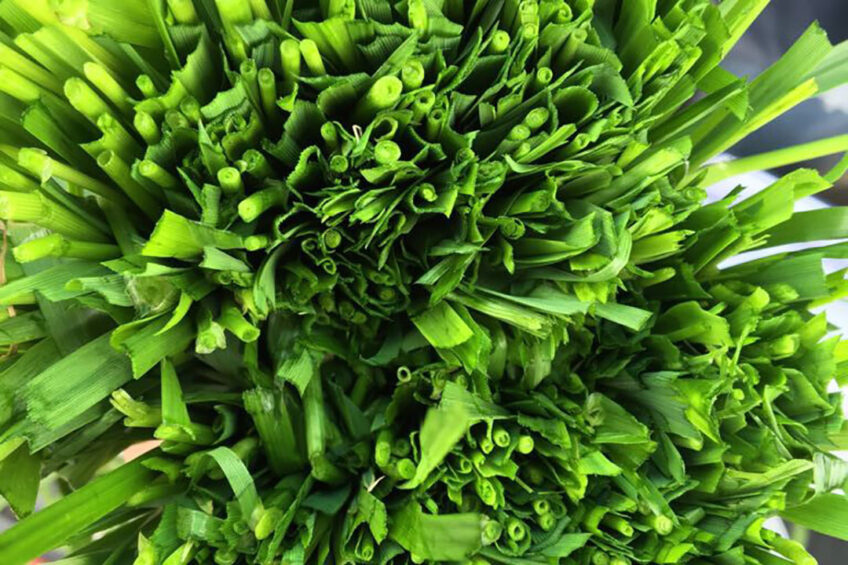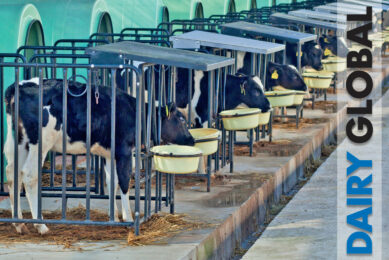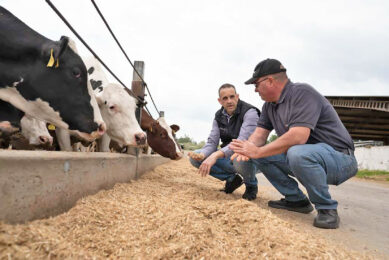Ensuring good timing to cut grass for high-quality silage

Timing makes all the difference when it comes to cutting grass for quality silage. Farmers are being encouraged to utilise pre-cut grass testing to understand the optimum time to cut grass for quality silage production for dairy cows.
Lientjie Colahan, sales and technical support at Lallemand Animal Nutrition, says incremental improvements in silage quality make a considerable difference to feeding efficiency and production margins, yet many farmers are missing out on the opportunity to make the best silage possible, according to a recent press release.

She believes this is often due to overlooking the planning part of the process, with farmers commonly being governed by the calendar rather than actual grass quality.
“Pre-cut grass testing helps determine when the crop is at the optimal point for cutting to achieve quality forage with the best nutritional value,” says Colahan.

“One of the most important things to observe in pre-cut testing results is the neutral detergent fibre (NDF) content. This is the main gauge of plant maturity, giving the best indication of when grass is ready to cut.
Pre-cut testing should be a key component to the annual silage making programme. It allows farmers to accurately establish when to cut based on the quality of the grass in the field, not simply on historic cutting dates.
“For example, when we look at the graph below, which shows the average results of pre-cut testing over the last 4 years, we see that NDF levels can change quickly throughout one season, often in as little as one week,” she notes.
Neutral detergent fibre (NDF) content is the main gauge of plant maturity, giving the best indication of when grass is ready to cut (Graph Adapted from Trouw Nutrition GrassWatch 2017-2020).

However, Lientjie explains the huge variations between years is the most important thing to note.
“This shows why pre-cut testing should be a key component to the annual silage making programme. It allows farmers to accurately establish when to cut based on the quality of the grass in the field, not simply on historic cutting dates or visual assessment,” she says.
“Another very important part of planning is to involve your contractor in the process, as all your efforts to produce top quality forage will amount to nothing if you are unable to work in tandem.”
She suggests keeping them informed about proposed forage plans for the year, with a rough estimate of when you think your first cut will be, and update them as you get pre-cut results in, to make sure everything aligns.
Mixing grass seeds for maximum forage intakeDairy farmers know very well that fresh grass is the cheapest form of feed needed for their cows to produce quality milk at a profit. However, cows can be quite fussy eaters, and farmers need to ensure they make the right choices when picking grass seed varieties and mixes. Read more…
“By regularly testing your crop throughout the season and acting on these results, farmers will be able to set up the foundations to create good quality silage that is high in nutritional value,” says Colahan.
Source and for more info: Lallemand










